I have the following union
typedef union rem{
int addr;
char addrbuf[32];
} foo;
A sizeof on the union provides the following output
foo addr;
printf("size is: %d\n",sizeof addr);
size is: 32
Does it mean that a union allocates or needs the memory equal to biggest element in the union at definition ?
